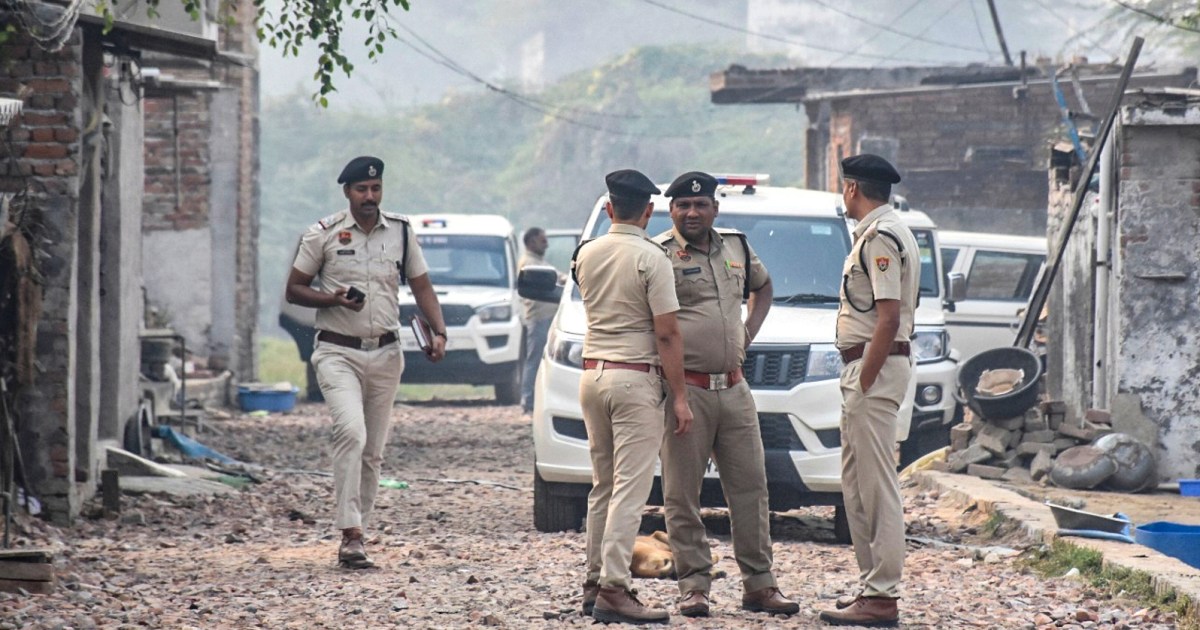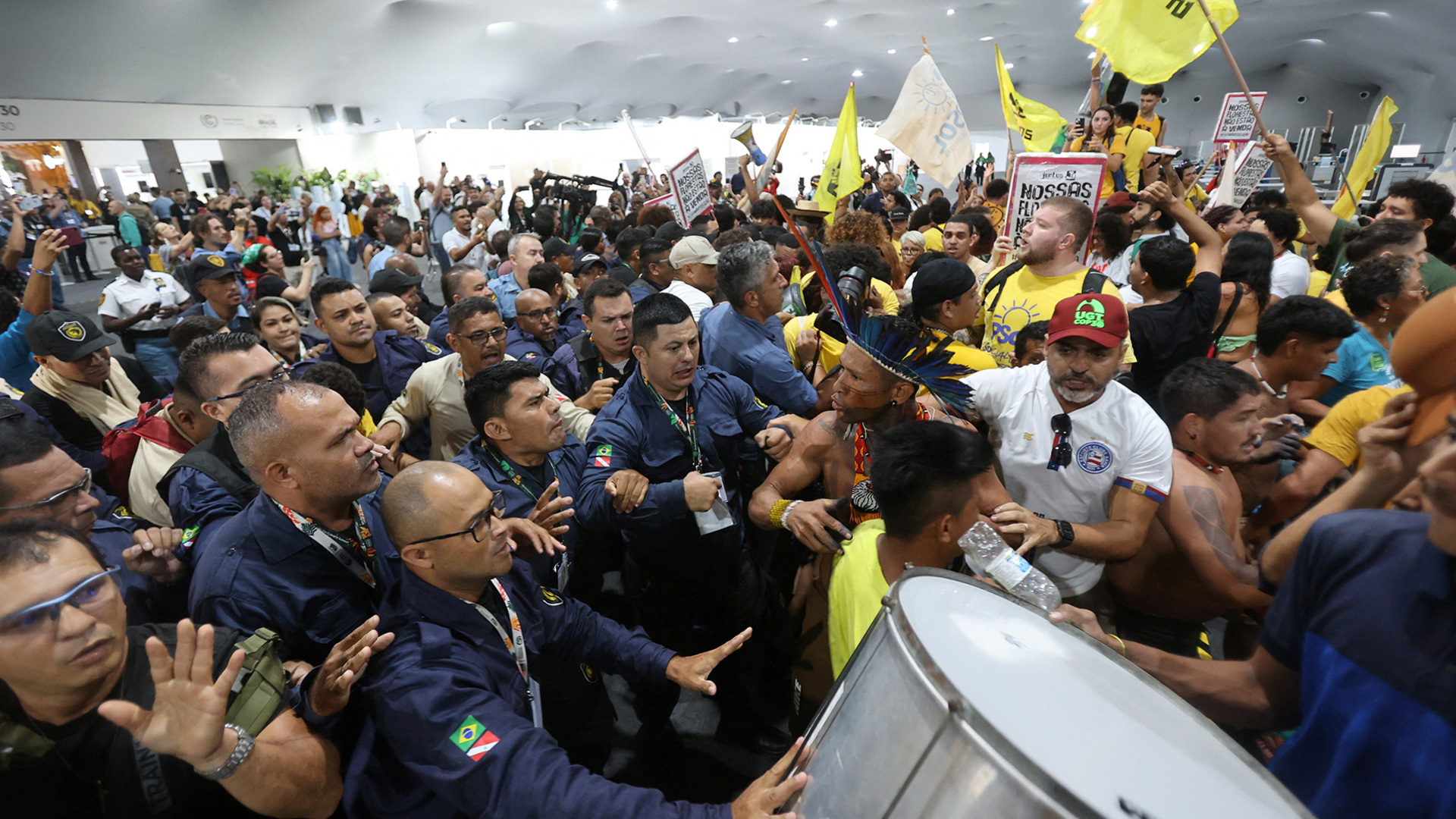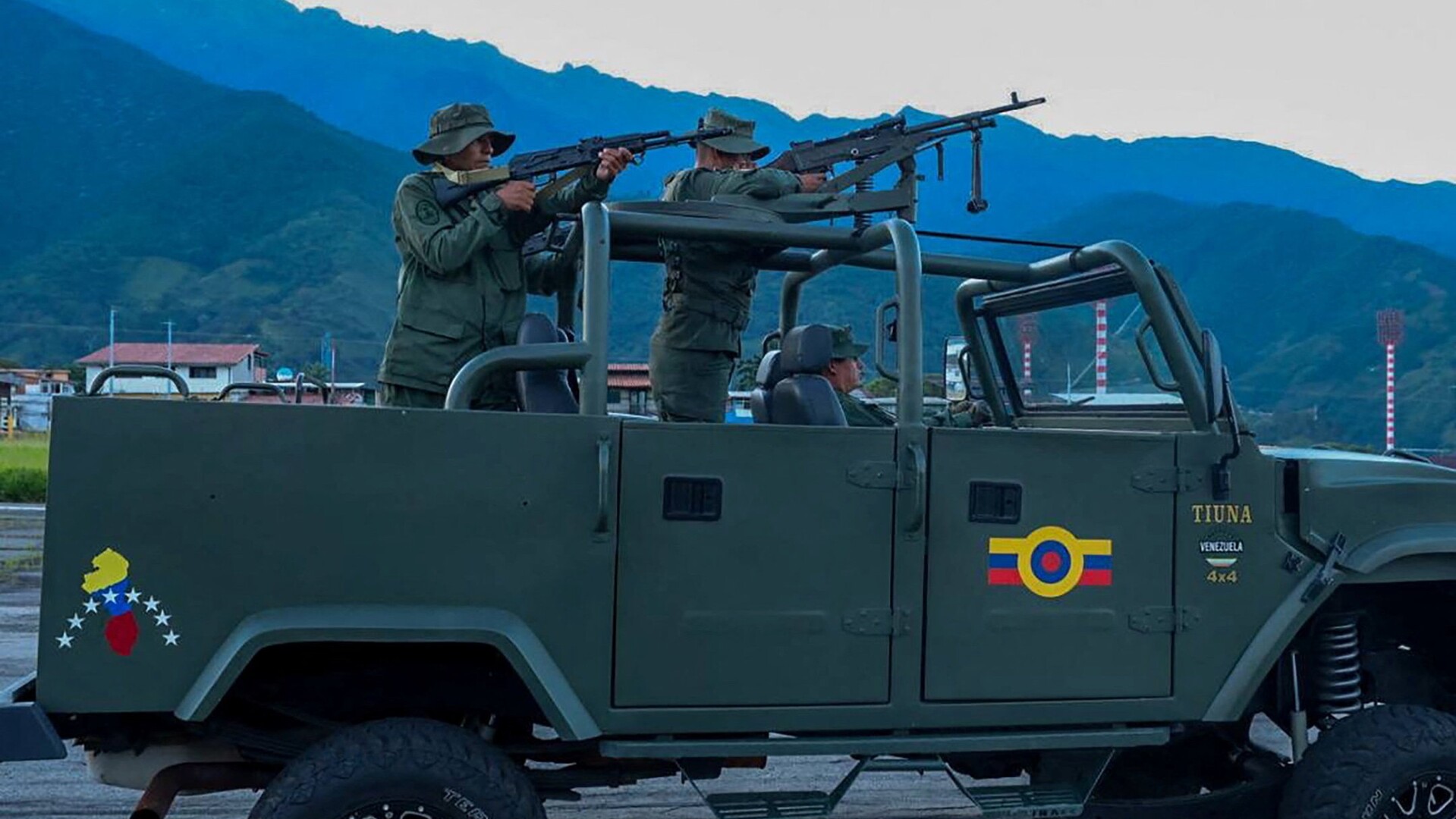New Delhi, India – In May after four days of fighting with Pakistan, Indian Prime Minister Narendra Modi declared “any future act of terror will be treated as an act of war” by his government.
New Delhi had blamed Islamabad for an attack in Indian-administered Kashmir’s Pahalgam in April that killed 25 tourists. Islamabad denied India’s allegations, but in early May, India launched aerial attacks deep inside Pakistani territory, sparking a brief but intense air war in which the South Asian neighbours bombed each other’s military bases.
After four days, they agreed to a ceasefire, but Modi’s comments drew a new red line and a low threshold for future military action against Pakistan.
Then on Monday, India’s capital, New Delhi, was shaken by a large explosion near the Red Fort, the Mughal-era monument that’s a symbol of political power in the world’s most populous nation. At least 13 people were killed and two dozen wounded.
The Indian government is investigating the incident as a “terrorist attack”. The inquiry is being led by the National Investigation Agency, which is mandated to probe “terrorism”-related cases. Authorities have also invoked stringent “counterterrorism” charges in trying to track down those behind the explosion.
“The perpetrators behind [the attack] will not be spared. All those responsible will be brought to justice,” Modi said on Tuesday, speaking at an event in neighbouring Bhutan.
But two days after the blast, Indian political leaders and security officials have not formally described the blast as an act of “terrorism”. And while Pakistan blamed India for a deadly explosion in Islamabad on Tuesday, India has so far studiously avoided accusing Pakistan of being responsible for the blast in New Delhi a day earlier.
Such a response comes even though Indian investigative agencies have traced the trail of the attackers back to Indian-administered Kashmir and established alleged links to the Pakistan-based Jaish-e-Muhammad (JeM) group, an officer with India’s premier intelligence agency told Al Jazeera.
For a country that in the past has often pointed fingers at Pakistan within hours of attacks on its soil, India’s caution in ascribing blame for Monday’s blast is a break from the norm. It’s a change that experts said India might have inadvertently forced on itself through the high-pitched rhetoric that followed the May clashes.
The low bar that Modi set for military action against Pakistan in the event of future attacks by armed groups means that naming Islamabad as responsible for the New Delhi explosion will automatically stir domestic expectations of an Indian military strike against its neighbour, they said.
“The Indian government painted itself into a corner – a trap of one’s own creation,” said Ajai Sahni, executive director of the South Asia Terrorism Portal, a platform that tracks and analyses attacks in South Asia.
“With the declaration that an act of terror is an act of war and no elaboration on this doctrine, now they are confronting the consequences of what they say – a completely foolish position, not even a policy, that is short-sighted for political gains,” Sahni told Al Jazeera.
Behind the Red Fort blast
Hours before the blast shook a crowded market near the Red Fort in Delhi, police from Indian-administered Kashmir had conducted raids in parts of the National Capital Territory and said they busted an “interstate and transnational terror module”.
The module was linked with the banned groups JeM and Ansar Ghazwat-ul-Hind (AGuH), according to the police. The JeM is a Pakistan-based armed group and has a history of carrying out attacks in India. Its bases were hit by Indian forces during their May attacks in Pakistan. The AGuH is a self-styled Al Qaeda-inspired Kashmiri group of fighters that had broken away from Hizbul Mujahideen, another Pakistan-based group. It was once led by Zakir Musa, a Kashmiri rebel commander, but has been relatively quiet since he was killed in May 2019.
After raids across multiple north Indian states, Kashmiri police said they had recovered a “massive cache of arms, ammunition and explosives”, including nearly 2,900kg (6,393lb) of material to make improvised explosive devices, such as chemicals, electronic circuits and remote controls.
Police also made several arrests, including two Kashmiri medical professionals, while another doctor, Umar Nabi, from southern Kashmir’s Pulwama, allegedly escaped after the initial arrests.
Now, officials in New Delhi are waiting for DNA tests to determine whether Nabi could have been driving the car that exploded outside the Red Fort.
The intelligence official who spoke to Al Jazeera after requesting anonymity said an initial investigation pointed to logistical support from Pakistan-based groups for those behind the Delhi blast. But the actual perpetrators appeared to be “local and self-radicalised, making plans by themselves”, the official said. “We are still looking into how they managed funds for it.”
Limitations of new red lines
Whatever investigators find, India will be hampered in shaping its diplomatic and security response by its reaction to the April attack, analysts said.
Michael Kugelman, a South Asia analyst based in Washington, DC, said New Delhi was being restricted by its own new doctrine.
“If the government comes out and declares this to be a terrorist attack, there would be significant pressure, both strategic and political, for India to do something big, to do something kinetic,” he said.
Sahni said Modi’s government had also not explained what, in its understanding, would qualify as a “terrorist attack” to fit its post-Pahalgam approach.
“If a terrorist shoots down only one civilian in any attack, is that not an act of terror?” Sahni asked.
“These are mere political statements made for a particular audience within the country,” Sahni said of the Modi government’s policy.
Now with the Delhi blast, the government, he said, was being forced to “confront this reality”.
International ‘heat’
India also took “a lot of heat” for its air raids on Pakistan in May after the Pahalgam attack “because it did not provide any evidence of Islamabad’s involvement”, Kugelman told Al Jazeera. “That made it difficult to sustain the support of the international community throughout the conflict.”
Eventually, he added, that refusal – or failure – to produce any evidence of a Pakistani hand behind the Pahalgam killings helped strengthen Pakistan’s position of portraying India as an aggressor.
So far, Indian authorities have focused their investigation into the Delhi blast on Indian-administered-Kashmir. Since Monday’s explosion, several more people in Kashmir have been arrested, including family members of suspects.
Sheikh Showkat, a political analyst based in Kashmir, said that despite the crackdown in the region, India appeared to have learned lessons from its reactions after the Pahalgam attack. “There is a mature realisation in the Indian establishment that the war leads to losses for everyone involved,” he said.
The May war devastated the lives of hundreds of thousands of Kashmiris living along the contested India-Pakistan border. Residents of many villages were displaced, and civilians were killed on both sides.
Avoiding a knee-jerk blame game with Pakistan “allows Indian agencies to evaluate their own response and grip over the situation,” Showkat told Al Jazeera. “Otherwise, blaming Pakistan has also been a way to shed one’s own accountability.”
Then there’s United States President Donald Trump, who has repeatedly insisted that he brokered the ceasefire between India and Pakistan in May – a claim India has rejected.
Trump said he used the threat of a breakdown in trade ties with the US to coerce India and Pakistan to end their fighting.
India currently faces a steep 50 percent tariff on its exports to the US and is reportedly close to sealing a deal after months of negotiations. On the other hand, Pakistan has seen its relations with the US strengthen as the Trump administration courts its military and political officials on multiple platforms, including at the White House.
Trump was a complicating factor in this equation for both the countries, Kugelman said. Neither nation would want to cross him by appearing to break a deal the US president has touted as one of his signature diplomatic achievements, analysts said.
But it isn’t just Trump.
Harsh Pant, a geopolitics analyst at the New Delhi-based think tank Observer Research Foundation, said India’s strategy has “always been avoiding conflict”.
As the largest economy in South Asia, it wants to focus on its development, he said. “It doesn’t suit India to continue to have a conflict, to have to be on a war footing with Pakistan,” Pant told Al Jazeera. ”It damages India economically, damages India strategically because resources that can be put elsewhere will have to be devoted to Pakistan.”
Intelligence success or failure
But Pant disagreed with the view that the new red lines that Modi announced after the May clashes were the main reason India was holding back in naming those it blames for the Delhi blast.
“Before the blast, the agencies were able to nab a few people with quite significant degrees of ammunition, so they can say that the larger plot was unravelled and averted,” Pant said. The incident turned out much differently from what happened in Pahalgam, he pointed out.
“This blast was likely not premeditated. It looks like it was some type of accident,” he said, alluding to suggestions emerging from security officials that the car might have exploded while one of the accused individuals was trying to escape. “And so I think that New Delhi would not want to overdo the way in which it responds.”
That marks a contrast not just with how India has often responded to previous deadly attacks in its cities but also differs sharply with Pakistan’s reaction to a similar incident.
Another blast, another South Asian capital
Hours after the Indian government said conspirators behind the Delhi blast would be brought to justice, a suicide bombing jolted Pakistan’s capital, Islamabad, killing at least 12 people and wounding 30.
The blast outside a court complex in Islamabad came when the Pakistan military was already focused on rescuing hundreds of cadets held by fighters in a separate incident at a cadet college in Wana, a town in Khyber Pakhtunkhwa province near the Afghan border.
Pakistani Prime Minister Shehbaz Sharif immediately blamed India for both the Islamabad and Wana incidents without offering evidence. “Both attacks are the worst examples of Indian state terrorism in the region. It is time for the world to condemn such nefarious conspiracies of India,” he said.
India rejected the allegations.
The attacks in Pakistan come at a time when tensions between it and Taliban-governed Afghanistan are rising. The neighbours engaged in a series of border clashes last month. That fighting came when the Afghan foreign minister was on a maiden India visit, a sign of a growing new alliance between New Delhi and Kabul.
For decades, Pakistan was the Taliban’s primary patron while India viewed the Afghan group as a proxy of Islamabad. Now those roles have shifted with Pakistan accusing the Taliban of furthering Indian goals against Islamabad. Pakistan accuses the Taliban of sheltering the Tehreek-e-Taliban group, which has claimed responsibility for a bulk of the worst armed attacks on Pakistani soil in recent years, though not yet for Tuesday’s suicide bombing.
While accusing India of backing anti-Pakistan armed groups, Islamabad has yet to spell out how it will hit back against New Delhi.





